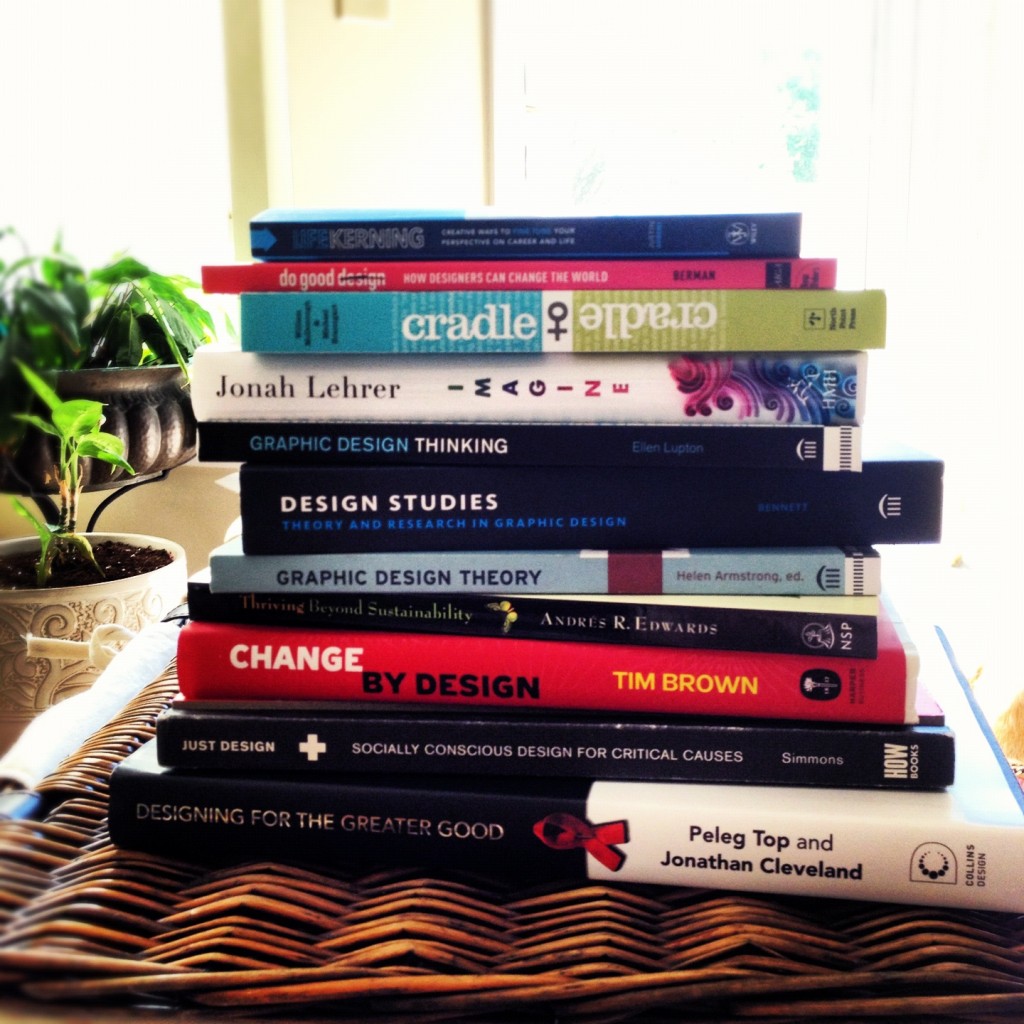
My research concentration is in the culture of design and the ethical obligations of designers. Researching what motivates designers allows me to investigate what overall purposes drive designers to create. Questioning what initiates designers to work in the form of philanthropy, social design, or even design impacts on community, nation, and world I am particularly interested in understanding designer talents and their power to make an impact on the future of designed communications. Examining these design motivations in the form of right from wrong leads to several significant research questions: who defines our obligations (what is right) and outlines unacceptable behavior (what is wrong) and what are the overall consequences to the results? Will design decisions be based on some understanding of ethics and if so how will it be evaluated? And finally, do visual communications designers hold more social responsibility than other design professions due to the public nature of the design communications field? While an individual can choose not to consume certain products (e.g. clothing made in sweatshops or Coca-Cola during apartheid) they cannot always choose to ignore the persuasive messaging in adverts disseminated across our daily lives.
Social Design as a means of Design(ing) for Good
Currently there is a movement focusing on the idea of designers making a difference in society called The Social Responsibility Movement. “Participants in this movement urge the graphic design community to confront the negative societal and environmental consequences of our rampant consumer culture.1” With this emergent design movement, designers can start or refocus their careers confronting the negative reputation that has been set by our consumer culture thus allowing them to influence the future of design. In order to have a more equitable future we must begin to rethink our efforts today. Starting with design education and the professional development industry in design, I plan to analyze how awareness of socially responsible design efforts can be integrated into design education and professional seminars.
While working on compiling information on social design and the obligations of designers, a society driven approach was taken to identify reliable sources. Rather than focusing solely on sources in publications and the graphic design industry, I have chosen to search for the overall culture of the communication design industry and what is considered the standards and obligations in the trade today. Therefore, I have begun to research ways to do an ethnographic study and how to work on qualitative in a field that seems to be so unquantifiable.
It is my desire upon completion of this thesis that I have a formal body of qualitative research that can be read and understood within the design industry and also from a social science perspective. By researching visual communications design in the form of an ethnographic study I plan to have an in-depth study of human behavior in the design industry. Focusing my research on the why and how of decision-making within the design process, this will allow for a fuller and more complete study of the industry and thus allow for a more equitable future.
1 Armstrong, Helen. Graphic Design Theory, Readings From The Field. New York: Princeton Architectural Press, 2009. 64-65. Print.

